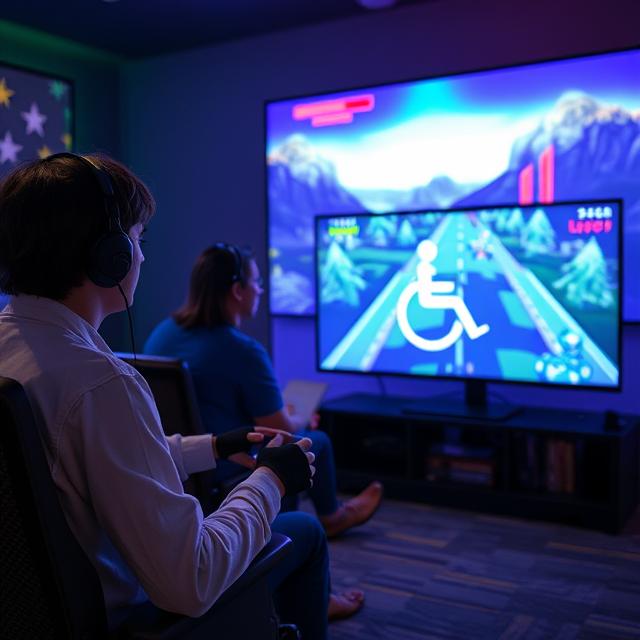Gaming should be for everyone, yet many players still face barriers due to disabilities or limitations. In recent years, studios have made major strides in accessibility, but the work is far from done.
Leading the charge is The Last of Us Part II, which introduced over 60 accessibility options, including high-contrast modes, screen readers, and customizable controls. It proved that accessibility doesn’t have to compromise design—it can enhance inclusivity and even become a design standard.
Games like Forza Horizon 5 added sign language interpreters for in-game dialogue. Celeste included assist modes with no penalties, encouraging players to tailor difficulty without shame. These features show that thoughtful design benefits everyone, not just those with specific needs.
Still, many games lack basic features like remappable controls, subtitles with size options, or colorblind modes. Even menu navigation can be a hurdle for visually impaired or motor-challenged players.
Hardware accessibility is also advancing, with solutions like the Xbox Adaptive Controller, which allows players to create their own input setup. But these tools need software support to function properly across games.
What more can be done? Prioritize accessibility in pre-production, consult with disabled gamers during testing, and make inclusion part of design philosophy, not an afterthought.
The goal isn’t to “make it easier.” It’s to make it playable. Because gaming is at its best when everyone is invited to play.

Leave a Reply